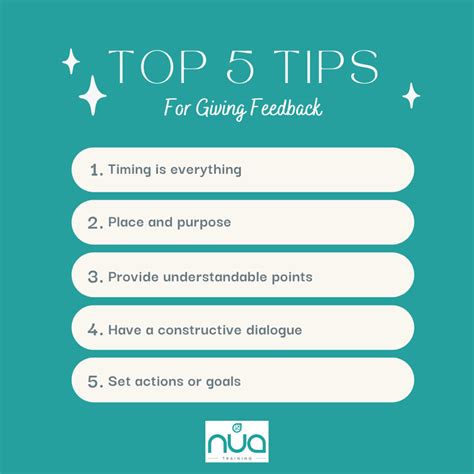5 Tips for Images

When it comes to enhancing the visual appeal and effectiveness of digital content, images play a crucial role. They not only capture the audience's attention but also convey complex information in a more accessible and engaging manner. However, incorporating images into your content requires a strategic approach to maximize their impact. Here are five tips for using images effectively in your digital content, focusing on aspects such as optimization, relevance, engagement, accessibility, and legality.
Understanding the Importance of Image Optimization

Optimizing images for web use is critical for ensuring that your website or blog loads quickly, regardless of the device or internet speed of your visitors. Large, high-resolution images can significantly slow down your site’s loading time, leading to higher bounce rates and a poor user experience. To avoid this, you should always compress your images using tools like TinyPNG or ShortPixel, which can reduce file sizes without noticeably affecting image quality. Additionally, selecting the right file format (such as JPEG for photographs and PNG for graphics) can further optimize your images for the web.
Choosing Relevant and High-Quality Images
The images you choose should be highly relevant to your content, helping to illustrate your points, break up text, and enhance the overall reading experience. High-quality images not only look better but also contribute to a more professional and credible presentation of your content. When selecting images, consider using your own original photos or purchasing stock images from reputable sites like Unsplash, Pexels, or Shutterstock. Original images can add a unique touch to your content, while stock images can provide a cost-effective way to access a wide range of high-quality photos.
| Image Type | Best Use Case |
|---|---|
| Original Photos | Unique, personalized content |
| Stock Images | Professional, high-quality photos for various contexts |

Enhancing Engagement with Images

Images can significantly enhance the engagement of your content by making it more shareable, memorable, and interactive. Infographics, for example, are a powerful way to present complex information in an engaging, easy-to-understand format. They can combine data, charts, and images to tell a story or convey a message, making your content more likely to be shared on social media platforms. Moreover, using images with captions or quotes can add an emotional layer to your content, making it more relatable and impactful.
Ensuring Accessibility and Legality
Accessibility and legality are crucial considerations when using images in your content. Ensuring that your images are accessible means providing alternative text (alt text) for images that screen readers can interpret, allowing visually impaired individuals to understand the content of your images. From a legal standpoint, it’s essential to use images that you have the right to use, whether they are your own, licensed from a stock photo service, or fall under Creative Commons licenses. Always check the licensing terms of any image you plan to use and give proper attribution when required.
Key Points for Effective Image Use
- Optimize images for web use to improve loading times and user experience.
- Choose high-quality, relevant images that enhance your content and credibility.
- Use images to increase engagement, such as through infographics and interactive elements.
- Ensure accessibility by providing alt text for all images.
- Respect image copyrights and licenses, using only images you have the right to use.
In conclusion, images are a vital component of digital content, offering a powerful way to communicate, engage, and inform your audience. By optimizing your images, choosing relevant and high-quality visuals, enhancing engagement, ensuring accessibility, and respecting legal boundaries, you can harness the full potential of images to elevate your content and achieve your communication goals.
How can I optimize images for faster website loading?
+To optimize images, use compression tools like TinyPNG or ShortPixel, and select the appropriate file format for your images, such as JPEG for photos and PNG for graphics.
What are the best sources for high-quality, free stock images?
+Some of the best sources for high-quality, free stock images include Unsplash, Pexels, and Pixabay. These platforms offer a wide range of photos that can be used for personal or commercial purposes, often without the need for attribution.
Why is alt text important for images on my website?
+Alt text is crucial for accessibility, as it allows screen readers to interpret the content of your images for visually impaired users. It also improves your website’s SEO, as search engines can understand the context of your images better.



